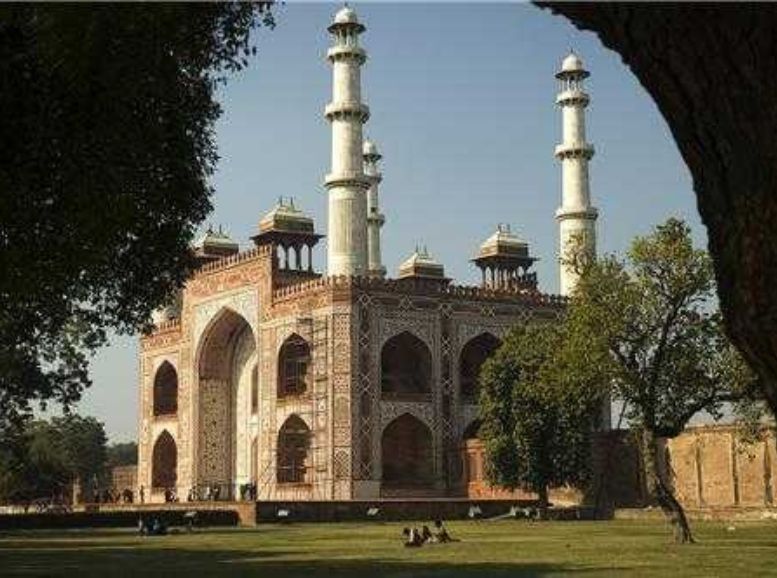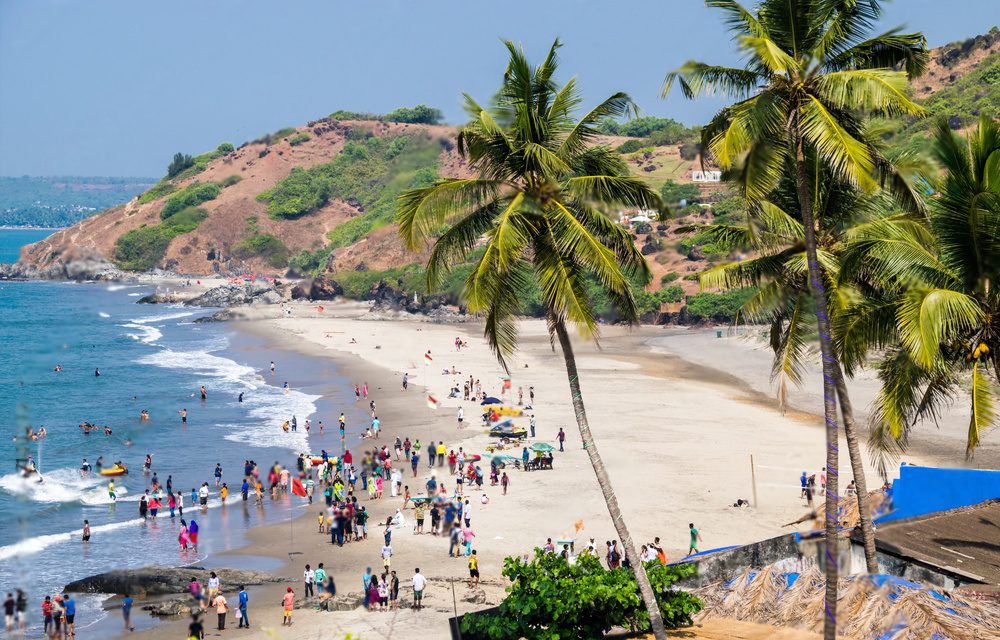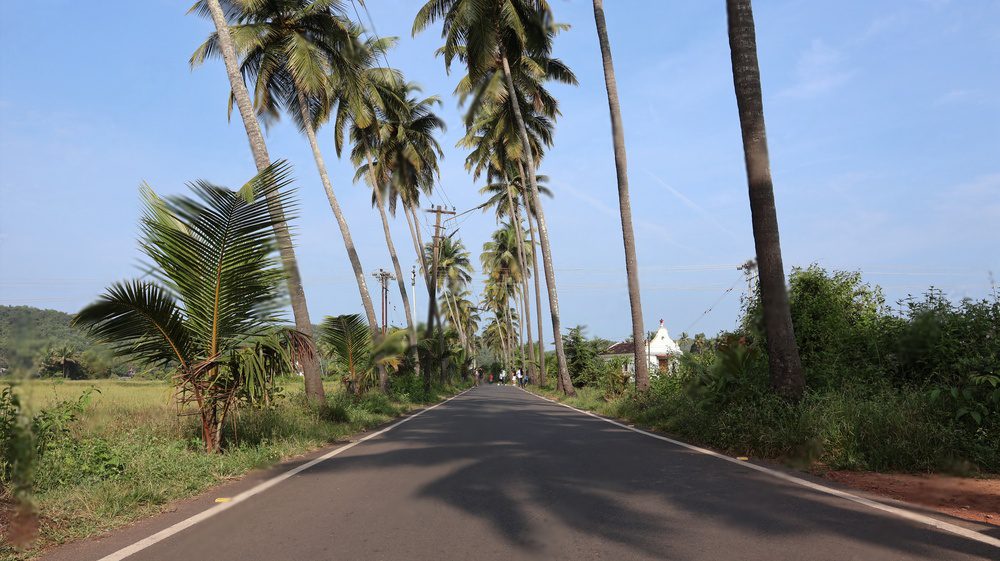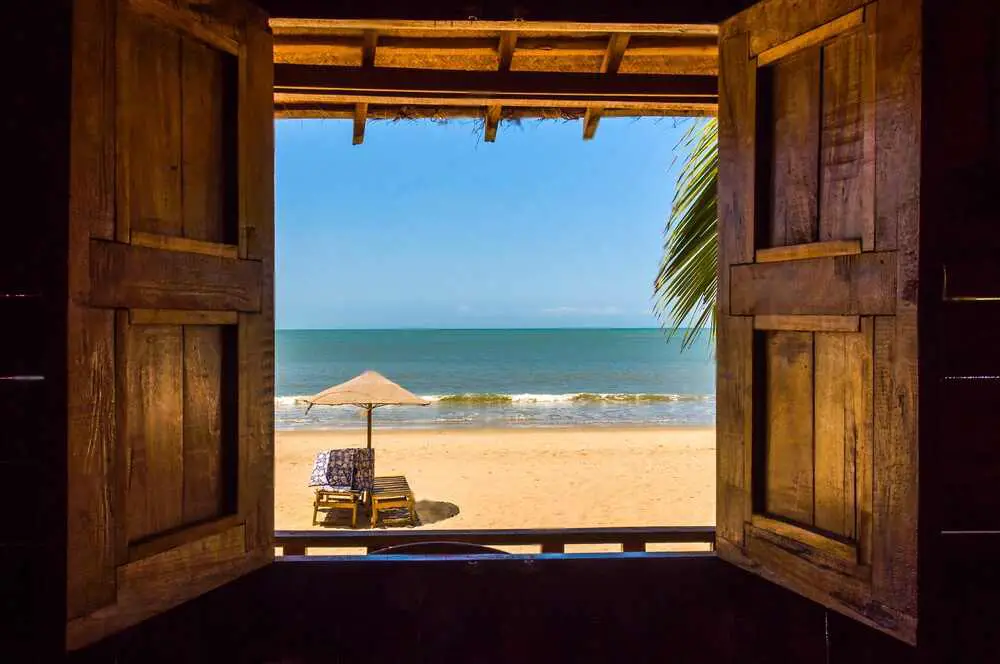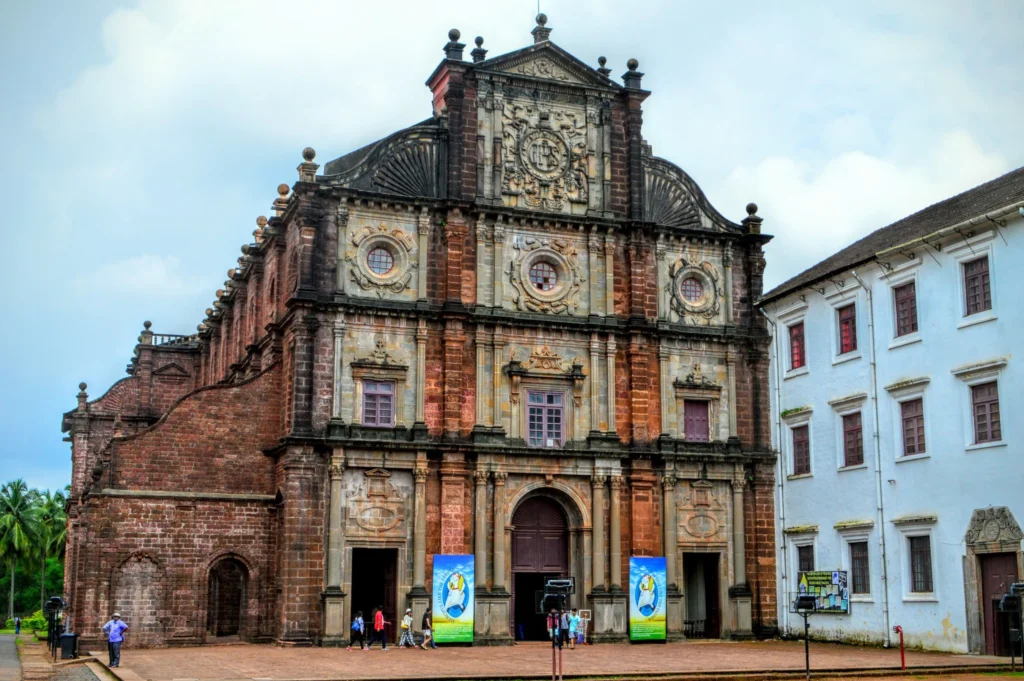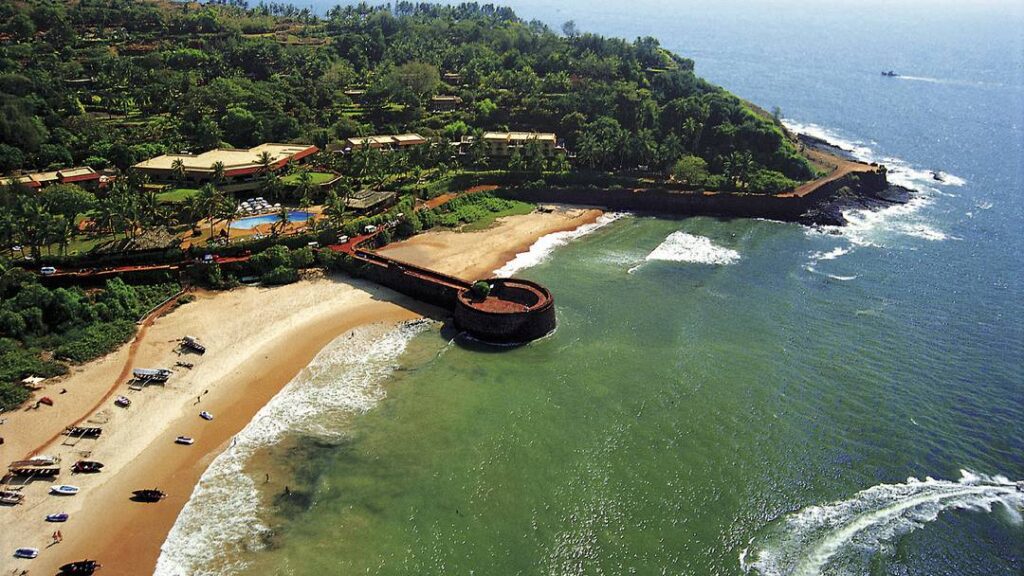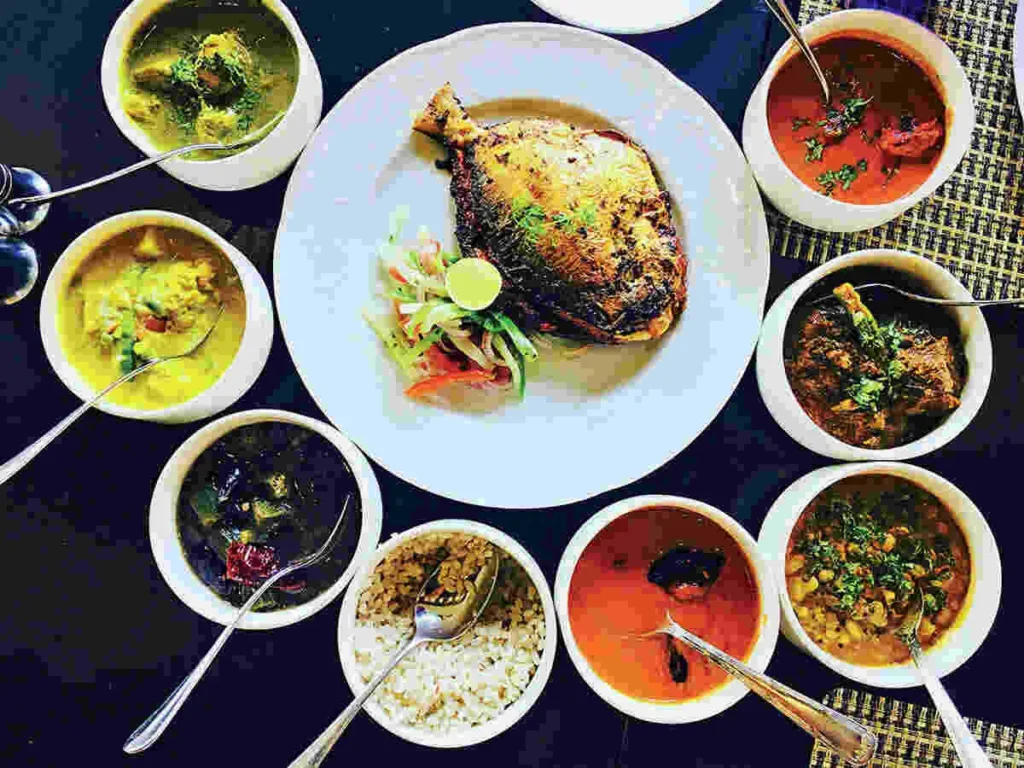Within India’s storied past lies Panipat, a battlefield echoing with the clash of steel and the rise and fall of empires. Nestled in the northern plains, this ancient city witnessed pivotal battles that reshaped the subcontinent’s destiny. From legendary clashes that forever marked the land to its enduring influence on modern India, Panipat’s multifaceted history unfolds in this blog. Join us as we delve into the depths of its storied past, exploring the battles that forged nations and the resilience of the human spirit that continues to resonate today.
How to reach:
- By Air: The closest airport is Indira Gandhi International Airport in Delhi, roughly 90 kilometers away. Taxis and buses are readily available to transport you from the airport to Panipat.
- By Train: Panipat is well-served by railways, with frequent trains operating from major cities like Delhi, Chandigarh, and Jaipur. Panipat Junction is the city’s main railway station.
- By Road: National Highway 1 (NH1), also known as the Grand Trunk Road, provides easy access to Panipat by road. This highway connects Panipat to nearby cities like Delhi, Chandigarh, and Ambala. You can choose to drive to Panipat or take a bus from a nearby bus terminal.
Best time to visit:
- Winters (November to February): This period reigns supreme for most visitors. Daytime temperatures hover comfortably between 15°C and 25°C, making it ideal for exploring historical sites and indulging in outdoor activities.
- Spring (March to April): Spring paints the city with blooming flowers and welcomes visitors with gentle warmth. Daytime temperatures range from 20°C to 30°C, perfect for outdoor excursions and enjoying the city’s green spaces.
- Summers (May to June): Temperatures can soar above 40°C during summer, making sightseeing a challenge. If you choose to visit during this time, stay hydrated and avoid peak afternoon heat.
- Monsoon (July to September): The monsoon brings a welcome respite from the summer heat, but also heavy rains and potential flooding. While the landscape flourishes, outdoor activities might be restricted. If you don’t mind the rain, you can still visit, but be prepared for wet weather.
Attractions:
Panipat Museum:
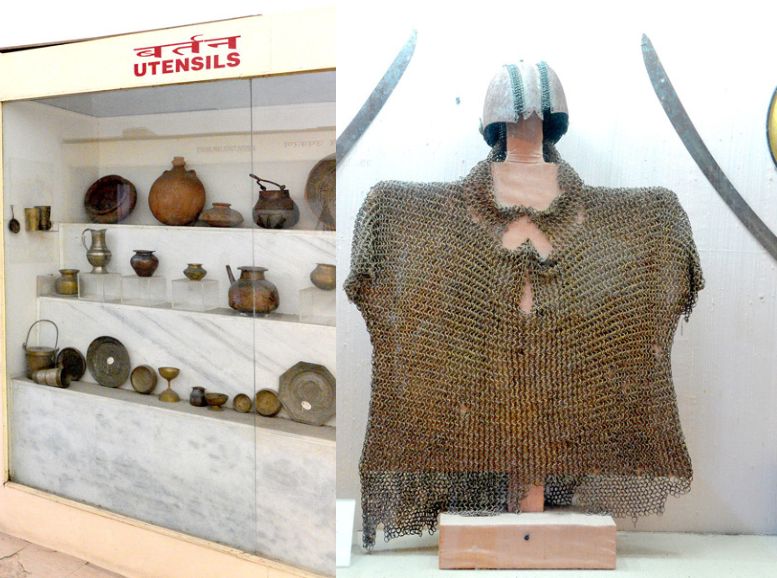

The Museum offers a window into the past, immersing visitors in the momentous events that shaped India. Dedicated to the three Battles of Panipat, the museum showcases a compelling array of artifacts, weaponry, and exhibits. These treasures illuminate the causes, strategies, and lasting influence of these historic encounters.
Kabuli Bagh Mosque:
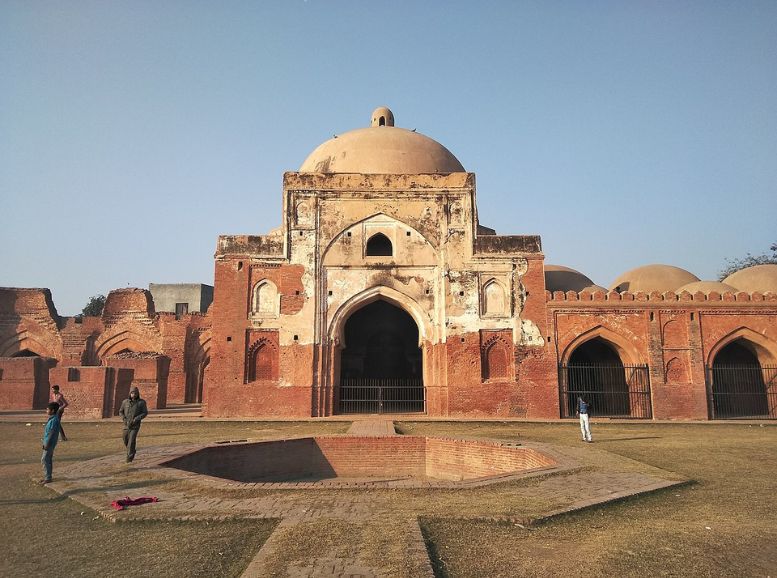

A monument to Mughal victory, this place’s Kabuli Bagh Mosque is a gem for history and architecture buffs. Emperor Babur commissioned the mosque to celebrate his triumph in the first Battle. Its intricate designs and architectural majesty leave visitors awestruck. The well-preserved structure whispers tales of Mughal artistry and stands as a permanent marker of a turning point in India’s past.
Ibrahim Lodi Tomb:
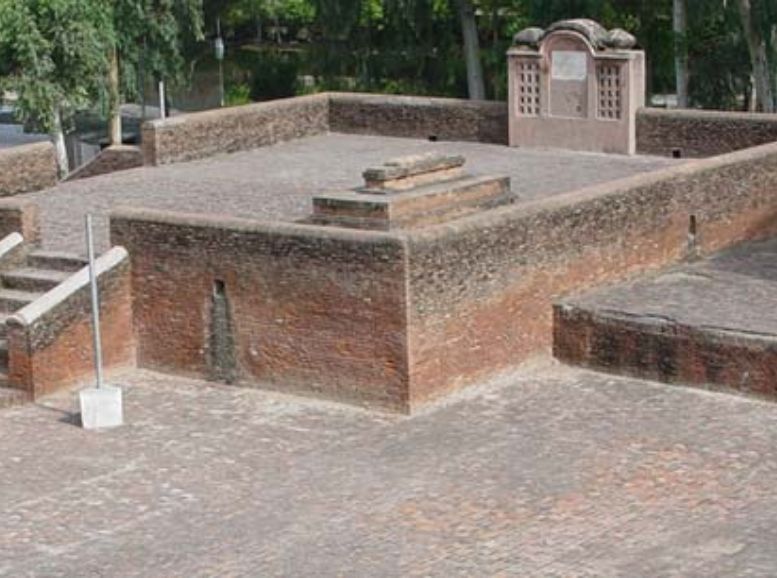

Just steps from the Kabuli Bagh Mosque, history whispers from the walls of Ibrahim Lodi’s Tomb. This somber yet elegant structure is believed to entomb the final Sultan of the Delhi Sultanate. The mausoleum exemplifies the fusion of Indo-Islamic architectural styles, offering a captivating glimpse into Panipat’s past. Its historical significance and simple beauty make it a compelling stop for those seeking to delve deeper into the city’s rich tapestry.
Salar Gunj Gate:
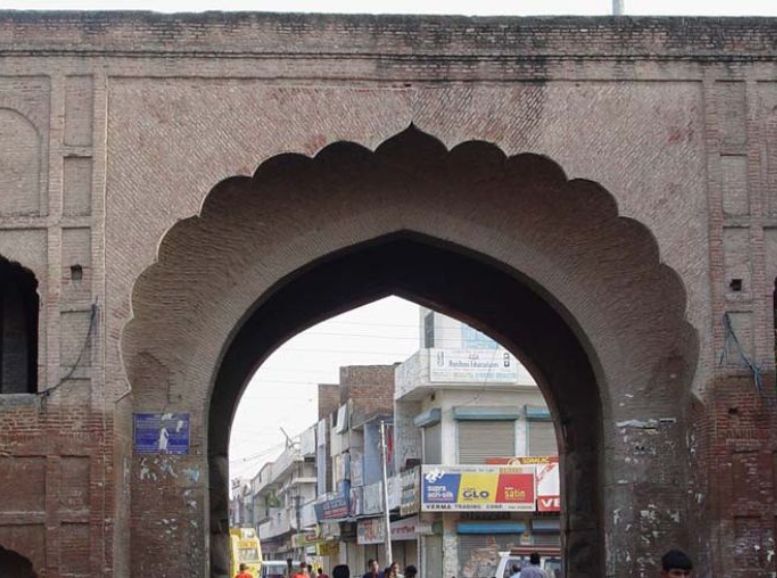

Standing sentinel as one of the few remaining testaments to Afghan rule in Panipat, the Afghan Gate serves as a powerful reminder of the city’s multifaceted history and enduring architectural legacy. This imposing structure beckons visitors to explore the rich tapestry of Panipat’s past.
Panipat Thermal Power Station:


This place charm extends beyond its historical treasures. The city offers a glimpse into the powerhouses of modern industry. The Panipat Thermal Power Station exemplifies human ingenuity in harnessing power for the region. While public tours might be limited due to safety regulations, the station’s presence underscores Panipat’s contribution to powering the surrounding area.
Local experiences:
- Culinary Delights: Embark on a delicious adventure savoring signature dishes like Panipat ki Chaat and Peda at local eateries and street stalls. Don’t miss the chance to delve into Punjabi cuisine at authentic dhabas.
- Handloom Heritage Unveiled: Witness the magic of this place’s famed textile industry. Take guided tours of factories and weaving centers to discover the intricate process of crafting carpets, blankets, and other exquisite textiles. Shop for these high-quality creations directly from the source.
- Immerse in the Cultural Tapestry: Immerse yourself in the vibrant spirit of this place by attending local festivals, fairs, and cultural events. These celebrations showcase traditional music, dance performances, and folk art, offering a window into the region’s rich cultural life.
- Market Adventures: Explore bustling bazaars for unique treasures. Discover handcrafted souvenirs, handloom products, and local specialties while interacting with friendly vendors and soaking in the energetic atmosphere.
- Village Homestay Experience: Embrace rural life with a village homestay. Stay with local families, participate in daily activities, and gain firsthand knowledge of traditional customs and practices. This unique opportunity fosters a deeper understanding of the local way of life.
- Explore the Environs: Escape the urban landscape and explore the scenic countryside surrounding this place. Embark on nature walks, birdwatching tours, or cycling expeditions. Discover nearby parks, lakes, and nature reserves for a refreshing dose of outdoor recreation.
- Connect with the Community: Engage in conversations with locals, artisans, and craftsmen. Learn about their lives, traditions, and daily routines. These interactions provide valuable insights into the local culture and create meaningful connections.
Travel tips:
- Knowledge is Power: Before embarking on your Panipat adventure, research its captivating attractions, typical weather conditions, and local customs. A flexible itinerary ensures you maximize your time in this historic city.
- Pack Like a Pro: Dress for the season! Opt for lightweight, breathable fabrics during hot weather, while cooler months call for warmer layers. Don’t forget essentials like sunscreen, insect repellent, and a reusable water bottle to stay comfortable.
- Hydration Hero: Panipat can get quite toasty, especially in the summer. Stay hydrated by constantly sipping water, particularly when exploring outdoors during the daytime.
- Respect the Culture: Show respect for Panipat’s traditions by familiarizing yourself with local customs. Dress modestly when visiting religious sites, remove your shoes before entering temples and mosques, and always ask permission before photographing locals.
- Travel Savvy: Choose reliable transportation options like pre-booked taxis or registered auto-rickshaws to navigate the city. Negotiate fares clearly before your journey to avoid any misunderstandings.
- Bargaining Basics: Bargaining is a common practice in Panipat’s markets and shops. Be respectful and polite in your negotiation, aiming for a fair price that benefits both you and the seller.
- A Culinary Expedition: Indulge in Panipat’s authentic cuisine at local eateries and street food stalls. Embrace your adventurous spirit and try regional specialties, but prioritize hygienically prepared food.
- Safety First: Exercise caution, especially in crowded areas. Keep your belongings secure, avoid displaying valuables openly, and stay aware of your surroundings at all times.
- Unlock Communication: While English is spoken in tourist areas, learning a few basic phrases in Hindi or Punjabi can enhance your communication with locals and demonstrate your appreciation for their culture.
- Embrace the Experience: Approach with an open mind and a sense of adventure. Immerse yourself in the vibrant local culture, connect with friendly residents, and create unforgettable memories during your trip.
Conclusion
A trip to Panipat isn’t just sightseeing; it’s an immersive journey through India’s past and vibrant present. This historic city, rich in culture, unveils a treasure trove of experiences. Explore ancient monuments whispering tales of bygone eras, or lose yourself in bustling markets overflowing with local color. Panipat’s historical sites ignite the imagination, offering a window into the pivotal battles that shaped the subcontinent. Delve deeper and discover a vibrant culture through its delectable cuisine, exquisite handloom textiles, and the warmth of its people. Remember to embrace local customs, stay hydrated, and prioritize safety for an enriching experience. Whether you’re a history buff, a food enthusiast, or a culture seeker, Panipat promises something special. As you depart, you’ll carry cherished memories – echoes of ancient battlegrounds, architectural marvels, and the enduring spirit of India’s heritage. Panipat beckons you on a timeless journey, leaving an indelible mark and igniting a spark for future adventures. Start planning your unforgettable Panipat adventure today at Xplro.com.
FAQ
What is the significance of Panipat in Indian history?
- This place holds great historical importance due to its role as the site of three major battles that significantly impacted Indian history: the First Battle of Panipat in 1526, the Second Battle in 1556, and the Third Battle in 1761. These conflicts marked pivotal moments in shaping the political landscape of the Indian subcontinent.
How many battles were fought in Panipat, and what were their outcomes?
- It witnessed three major battles. The First Battle in 1526 saw Babur’s Mughal forces triumph over the Sultan of Delhi Ibrahim Lodi, the Second Battle in 1556 resulted in Akbar’s victory over Hemu, and the Third Battle in 1761 led to the defeat of the Marathas by Ahmad Shah Durrani.
What are the main attractions for tourists in Panipat?
- Key attractions in include the Museum, Kabuli Bagh Mosque, Ibrahim Lodi Tomb, Salar Gunj Gate, Devi Temple, and the Panipat Thermal Power Station.
Can you provide information about the Panipat Museum?
- The Museum is dedicated to showcasing artifacts, weapons, and exhibits related to the three battles of Panipat, offering visitors a comprehensive understanding of their historical significance.
What is the best time to visit Panipat?
- The winter months, from November to February, offer the most favorable weather for visiting Panipat, with cool and pleasant conditions ideal for sightseeing.
How far is Panipat from major cities like Delhi and Chandigarh?
- It is situated approximately 90 kilometers from Delhi and around 200 kilometers from Chandigarh.
What are some local dishes or specialties of Panipat?
- Local specialties include Panipat ki Chaat, Panipat ki Peda, and various Punjabi dishes available at local dhabas (roadside restaurants).
Are there any accommodations available for tourists in Panipat?
- Yes, this offers a range of accommodations including hotels, guesthouses, and lodges catering to different budgets and preferences.
Is it possible to visit as a day trip from nearby cities?
- Yes, due to its close proximity, this place can be easily visited as a day trip from nearby cities like Delhi and Chandigarh.
Are there any cultural events or festivals celebrated in Panipat?
- This place hosts various cultural events and festivals throughout the year, including religious festivals, fairs, and local cultural programs.
Can visitors explore the handloom and textile industry in Panipat?
- Yes, visitors can explore the handloom and textile industry in Panipat by visiting textile factories, weaving centers, and local markets renowned for their handloom products.
Is it safe for tourists, especially solo travelers?
- This place is generally considered safe for tourists, including solo travelers. However, it’s recommended to exercise caution, follow basic safety measures, and remain vigilant while exploring the city.
